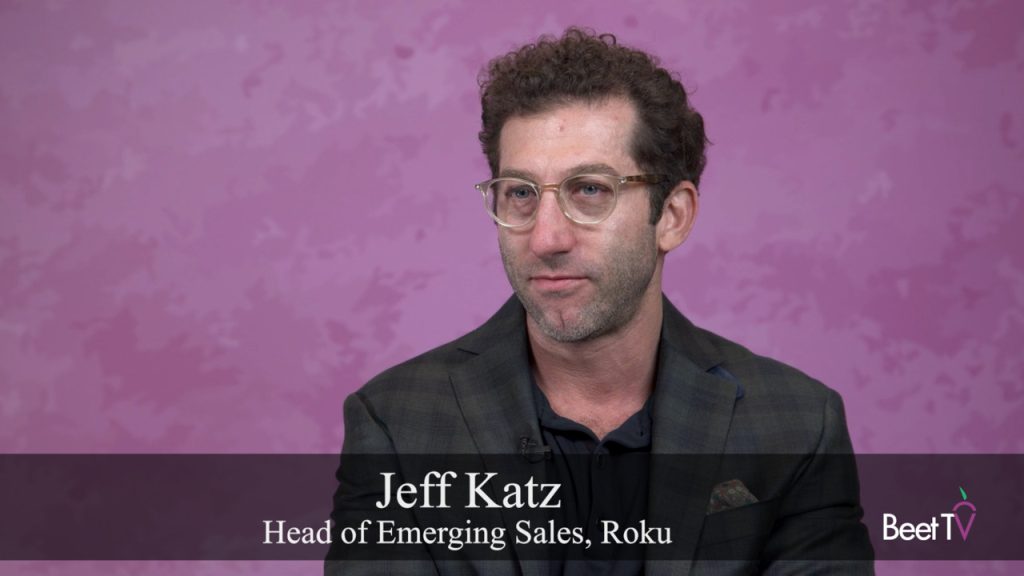LONDON — About 42% of US homes are now able to receive so-called “addressable advertising” – TV ads custom-targeted at individual homes thanks to one of a variety of return-path TV systems.
But how much of the multi-billion-dollar TV advertising industry could be funnelled through that channel in the years ahead.
It’s early days, but ad agency GroupM’s UK MD Jakob Nielsen says his group is taking a guess.
“You are changing how you are thinking from the past – therefore, it will take some time,” he cautions, in this video interview with Beet.TV. “But, if you look across all our clients, we think 30% to 50% of all TV could eventually – not tomorrow – be addressable TV.
“You will have some clients having 60% of their total mix, in five or 10 years, being addressable, other clients being 20%.”
Nielsen says Europe is farther behind on roll-out, but dominant UK pay-TV provider Sky is already an early leader with its so-called AdSmart technology, pushing multiple alternative ads to consumers’ set-top boxes for subsequent decisioning and play-out during standard ad moments.
The beauty of the idea is two-fold. First, it is opening TV advertising to smaller new advertisers. Second, it means those advertisers can target people close to the point of purchase, not just spend money on raising initial awareness.
“You have the top of the funnel, but all of a sudden TV can start going in to the mid and lower parts of the funnel, that they weren’t part of in the past,” Nielsen adds.
“AdSmart, in the beginning, 70 to 80% of their advertisers came from non-traditional TV advertisers.
“They were able to reach a BMW dealership who wanted to sell a BMW in Edinburgh. That puts a completely new perspective on what you can do with TV.”
This interview was conducted at Future of TV Advertising Forum in London. Beet.TV’s coverage is presented by the 605. For other videos from the series, please visit this page.


























